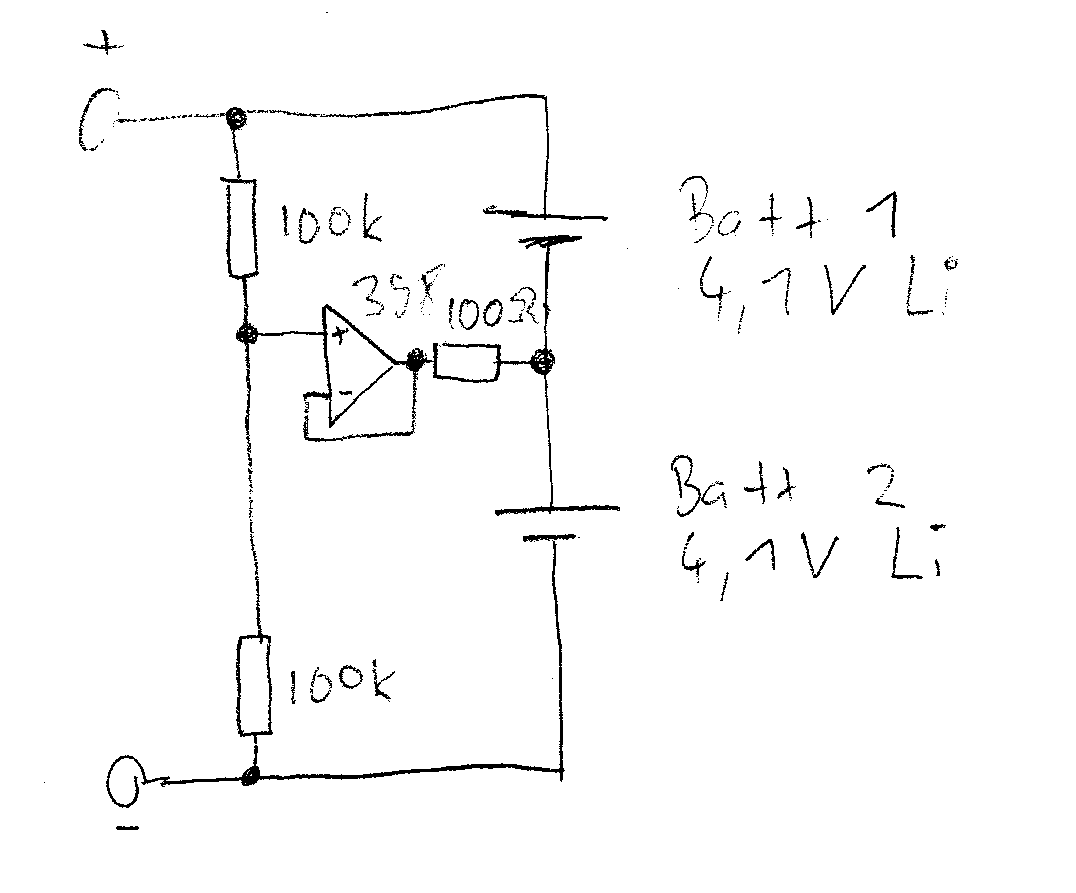I’m making a Lithium Ion charger circuit and successfully used a Texas Instruments bq2057c to charge 2 Lithium Ion cells in parallel (4.2V). Now I want to do the same with the cells in series (8.4V). I read that when charging multiple cells in series you have to do cell balancing to take into account the difference in charge speed between the 2 cells to avoid gradually reducing the battery’s capacity.
I bought the bq2057c in the first place because in the datasheet it said that it could charge 1 or 2 cells in series. Indeed, you can set the threshold level to 8.4V and the IC will charge the cells to 8.4V. The IC doesn’t balance the cells though so it might very well be that one cell is at 4.1V and the other is at 4.3V which in the long run will ruin the battery’s capacity. I don’t even know why anyone would want to charge 2 cells and not do cell balancing and therefore why this feature of charging to 8.4V is there. Maybe there is something I’m missing. Is it common to use multiple cells in series and not use cell balancing?
I could use an IC that has cell balancing, or I could use 2 single cell ICs and use them to charge my cells individually. Which one is best, and what is the most common? What I don’t like about the cell balancing ICs (e.g. bq29330) is that they always come in packages with a high pin count. I can’t seem to find one with low pin count. Do they exist?




